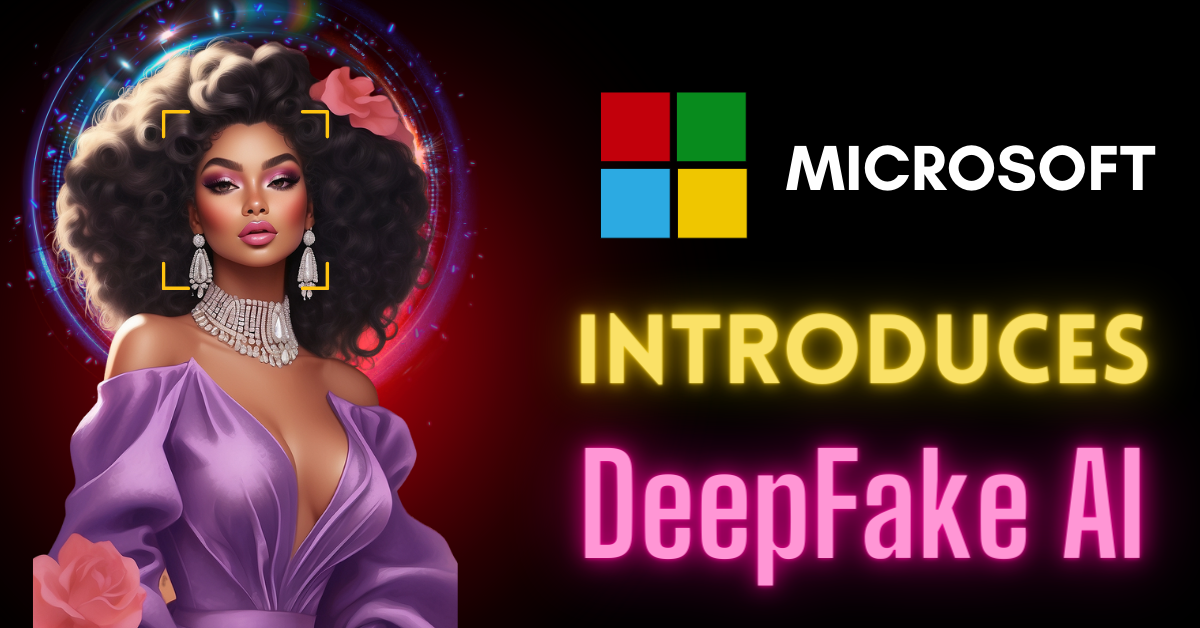During the recent Microsoft Ignite event, a fascinating announcement emerged, offering a glimpse into the development of a tool referred to as a “Deepfake” creator. Although not a centerpiece of the main keynote, this innovation caught the attention of many tech enthusiasts and analysts alike.
What is Microsoft’s “Deepfake” Creator?
This technology, labeled as a “Deepfake” creator by TechCrunch, essentially functions akin to existing tools such as D-ID, HeyGen AI, or Synthesia. Its primary function revolves around the ability to generate a talking avatar by inputting text prompts.
The resultant output showcases an avatar speaking, with synchronized lip movements, resembling natural speech—a feature already familiar through various similar tools in the market.
Demo: How Does it Work?
In a quick demonstration, Microsoft showcased the functionality of this tool. A spokesperson named Christina presented a four-step guide to creating an engaging avatar video.
However, upon observation, it appears that the lip movements might not be as refined as those produced by competitors like D-ID and HeyGen AI.
Microsoft’s Unique Approach
Surprisingly, Microsoft is not only introducing its version of this technology but is also reportedly introducing an experimental lab-style setting.
This setting allows users to train their voices for text-to-speech models, a feature that expands the tool’s potential scope.
User Experience and Early Observations
While Microsoft’s “Deepfake” creator presents an interesting addition to the market, early observations suggest that its lip-syncing capabilities might not match the precision offered by existing competitors. Notably, D-ID and Haen are mentioned as providing smoother lip movements in sync with the voiceovers.
What Does This Mean for Microsoft?
This technology showcases Microsoft’s interest in diversifying its offerings and stepping into unconventional niches in the tech industry. The introduction of a lab-style training feature for voice customization further emphasizes the company’s commitment to empowering user engagement and customization within this domain.
Conclusion: Microsoft’s Deepfake Creator
Microsoft’s unexpected introduction of a “Deepfake” creator tool at the Ignite event reflects its proactive stance in exploring new technological avenues. While the tool might not presently match the finesse of existing competitors, its development and the inclusion of a lab-style training option indicate a promising direction for potential future enhancements.
This move not only signifies Microsoft’s adaptability and willingness to explore diverse technological areas but also hints at potential growth prospects within this niche sector.
The “Deepfake” creator’s actual impact and reception within the tech community remain to be seen as users experiment and provide feedback.
